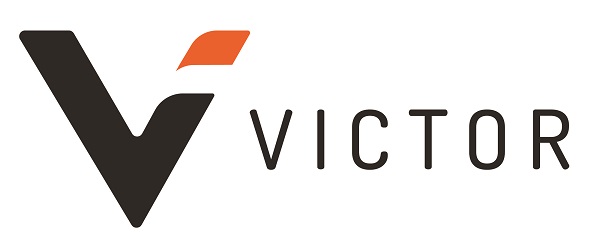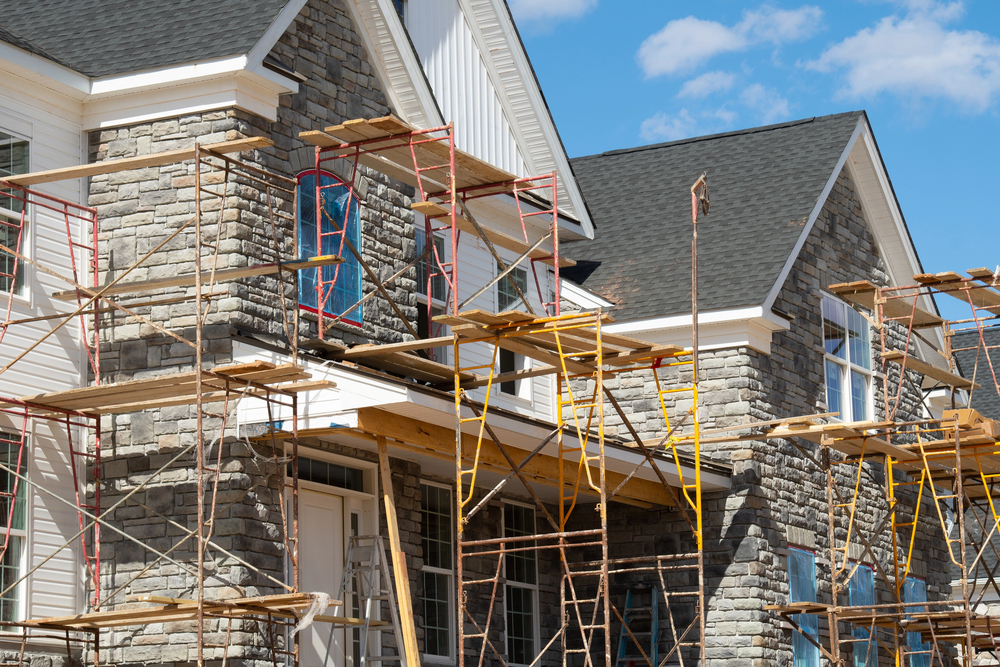What Is the True Cost of Underinsurance?

As consumers are experiencing everywhere, inflation is affecting everything we purchase. In July, the U.S. Bureau of Labor Statistics reported the Consumer Price Index, a broad measure of the change in the price of everyday goods and services related to the cost of living, soared 9.1% from a year ago.
Contractors have been experiencing record cost increases for numerous materials since shortly after the pandemic began. Construction bid prices have also increased significantly but, unlike prior to the pandemic, have not kept pace with recent Producer Price Indexes.
Construction and commercial equipment costs have also been subject to significant increases over the past 36 months. The construction cost increases have been driven by fuel prices, material costs, labor shortages and other supply chain issues.
Another factor is the increased cost of fuel. This is affecting almost everyone and every industry. The cost of getting materials to a site is dramatically increasing. Contractors pay a huge amount for fuel to run their trucks and their equipment. In the U.S., diesel fuel has reached an eight-year high.
The current reality is that most commodities and services cost more today. Whether these costs will come down—by how much and when—is unknown.
What Is the True Cost of Underinsurance?
No one likes to spend more money than they have to, especially when it comes to insurance. But insurance is there to protect against unforeseen events, so reducing coverage to lower insurance premiums could cost more in the long run. One of the consequences of trying to keep insurance costs down by not insuring the correct amount is underinsurance.
Underinsurance occurs when the declared values of assets—like property, building and contents—and exposures fall below actual values. It has consequences for policy limits, applications of underinsurance restrictions, and adequacy of business interruption coverage. Many clients only find out they are underinsured when they need to make a claim.
Here are eight questions to ask your clients to help prevent underinsurance:
1) Did you use the market value or the replacement cost of your property as the insurance value?
2) Did you get a bespoke insurance replacement valuation?
3) Have you reviewed the value of your property in the last two years?
4) Have you had any renovations or additions made since you last had your property valued?
5) Would there be additional complications to repairing your building? For example, is it situated in a conservation area?
6) Does your insurance value fall in line with the building’s description in your policy?
7) Does your building have any technological or material specifications, such as solar panels or a unique construction material that would make it more expensive to repair?
8) Is the building constructed with modern methods of construction, such as modular?
Business Interruption and the Adequacy of Indemnity Periods
Most business interruption policies have a maximum indemnity period. This is the maximum duration insurers will pay business interruption losses following an insured event. These are usually set at 12, 18, 24, 30 or 36 months.
Delays resulting from damaged property not being reinstated before the expiry of the business interruption indemnity period may lead to extra costs and loss of revenue or profit. The indemnity period may run out before supplies can be obtained and rebuilding can commence.
Also, many businesses have experienced suppressed trading during the pandemic and are now returning to normal levels of activity while needing to increase their own prices to contend with payroll inflation. This volatility can result in a significant shortfall in the amount a business would receive in the event of a claim. Given global labor and supplies shortages, delays in shipments and the potential for protracted construction projects, the length of business interruption indemnity periods should be reviewed.
How to Respond
Inflation may continue to have an impact and there are coverage strategies that can help protect your clients through this period of volatility.
Talk to your business development contact about how Victor can help.











